Paid digital advertising remains a big part of many brands’ agendas, Google, Meta or otherwise. But getting paid off on the right foot is no easy feat.
Success, when it comes to paid, often means profit over time. Although that may not be immediately achievable, assessments around paid ultimately come down to profitability.
Something to remember, particularly when dabbling with the world of paid for the first time is the bedding in time. People promising overnight blockbuster results are likely to actually deliver something lacklustre due to mismatched expectations and overselling.
Given this, it’s important to acknowledge that many new paid projects, particularly where paid is new or has been wrongly applied before, often need an initial 3-months of data-gathering and scaling in order to determine a baseline and whether that baseline is profitable for your business, as well as to determine if further improvement is likely.
What’s key here is focusing on revenue and profit; vanity metrics like CTR and bounce-rate might speak to things like the quality of assets people are being served in the campaign, or the quality of the ongoing customer experience. Ultimately, what matters is whether the campaign is generating a decent return or not as focusing elsewhere can suck oxygen away from improving what is working by focusing on the wrong thing.
For example, vanity metrics such as Impression Share are often touted as primary KPIs for optimisation amongst PPC account managers, but very often such metrics are mutually exclusive when the primary objective is one of sustainable profit or lead quality. Unfortunately, many PPC managers will hyper-focus on such secondary metrics, promising results based on generalised best practices instead of tailoring strategies to the unique circumstances of the client’s business, but doing so is very often at the expense of profit or lead quality.
In general, new paid activities typically need to be treated as an experiment, one that starts at controllable levels of investment but that has fair input and expectation behind it. In short, it’s about going into things with the right expectation and alignment from the gate.
How to get paid media right
Of course, any 3-month paid experiment can be enhanced by getting a number of things right:
- Having kick-ass assets – photography, videography, great copy – things that hook people in and break up the monotony of the dreaded ‘feed’.
- Having a great forward-looking customer experience – paid is only as good as the weakest point in the onward journey. Paid depends upon websites that work and are easy to navigate, particularly when it comes to checking out. Remember: check your UX.
- An understanding that purchases take time, brands filter through into a person’s consideration set over time, people browsing are not necessarily buying at that moment. However, by offering them a good initial experience and keeping them in conversation with your brand through paid, organic and automations from your commerce and email platforms can help build the propensity for purchase over time.
- Clearly setting up reporting and the conversions that are being targeted, whether B2B or B2C aligning on what is being tracked, how, and ensuring its firing accordingly without faults early on in the process is paramount to success and ensures a fair test.




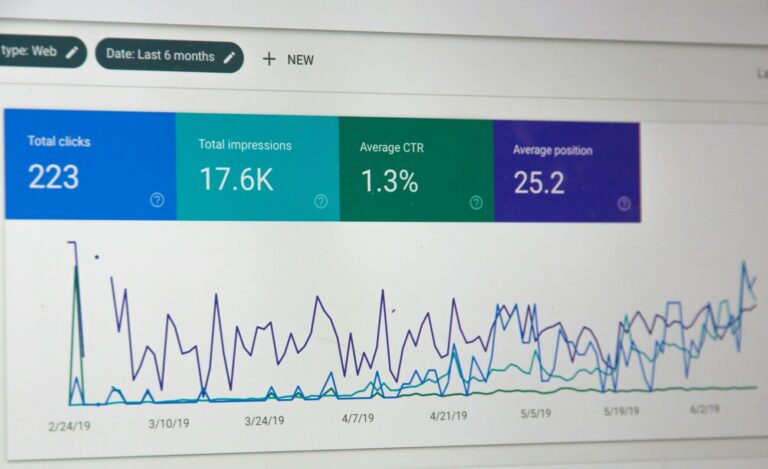
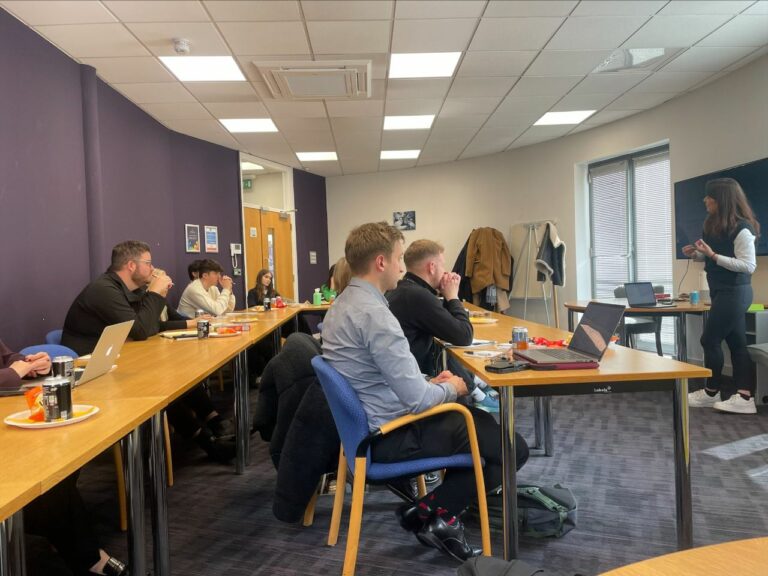




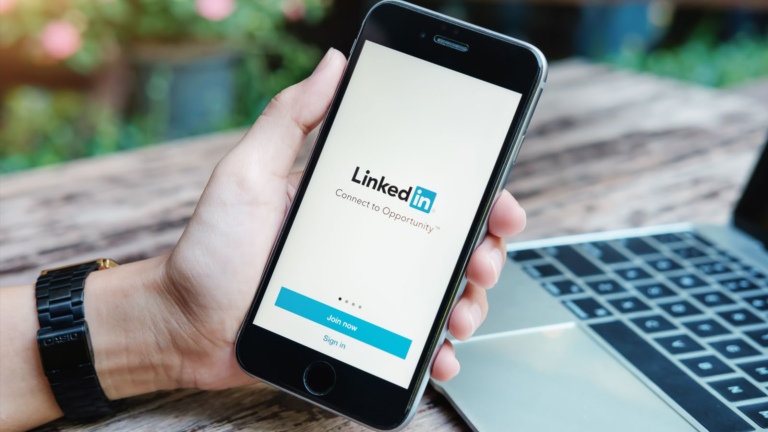
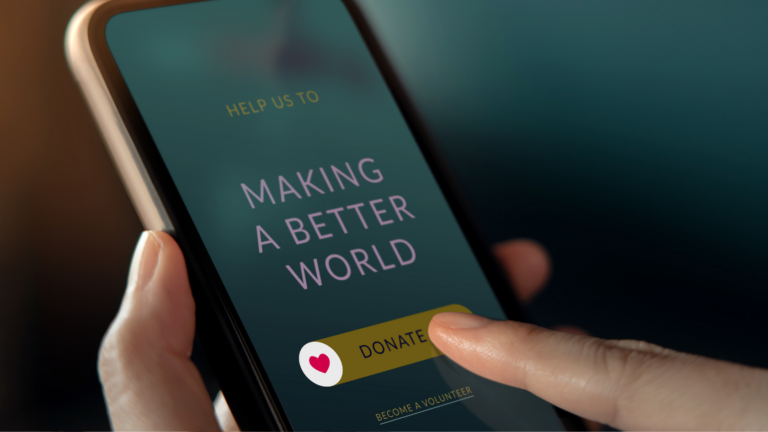
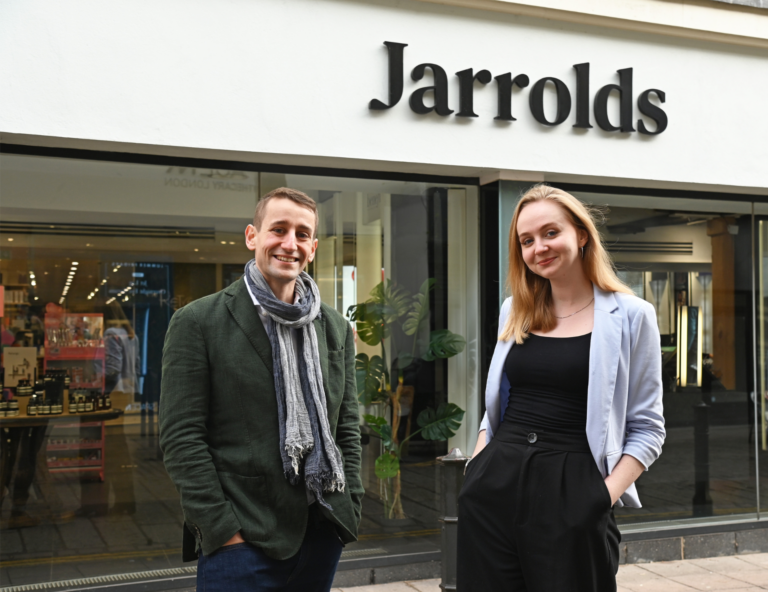
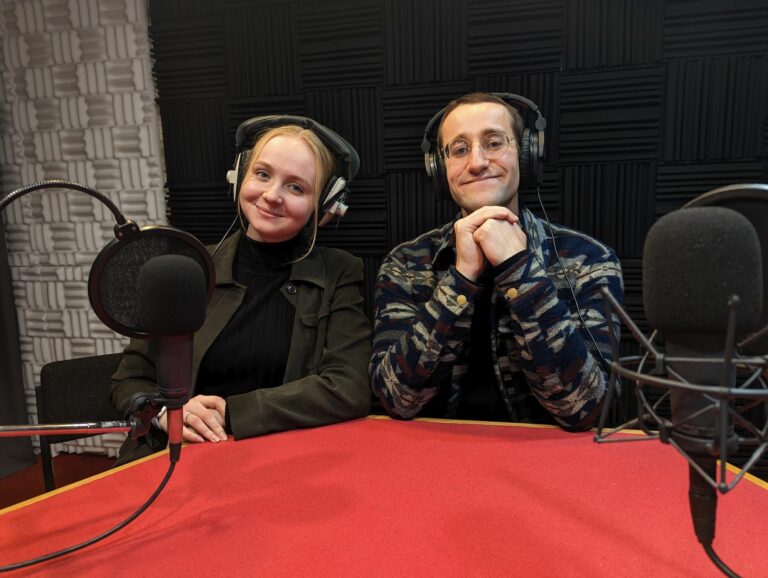



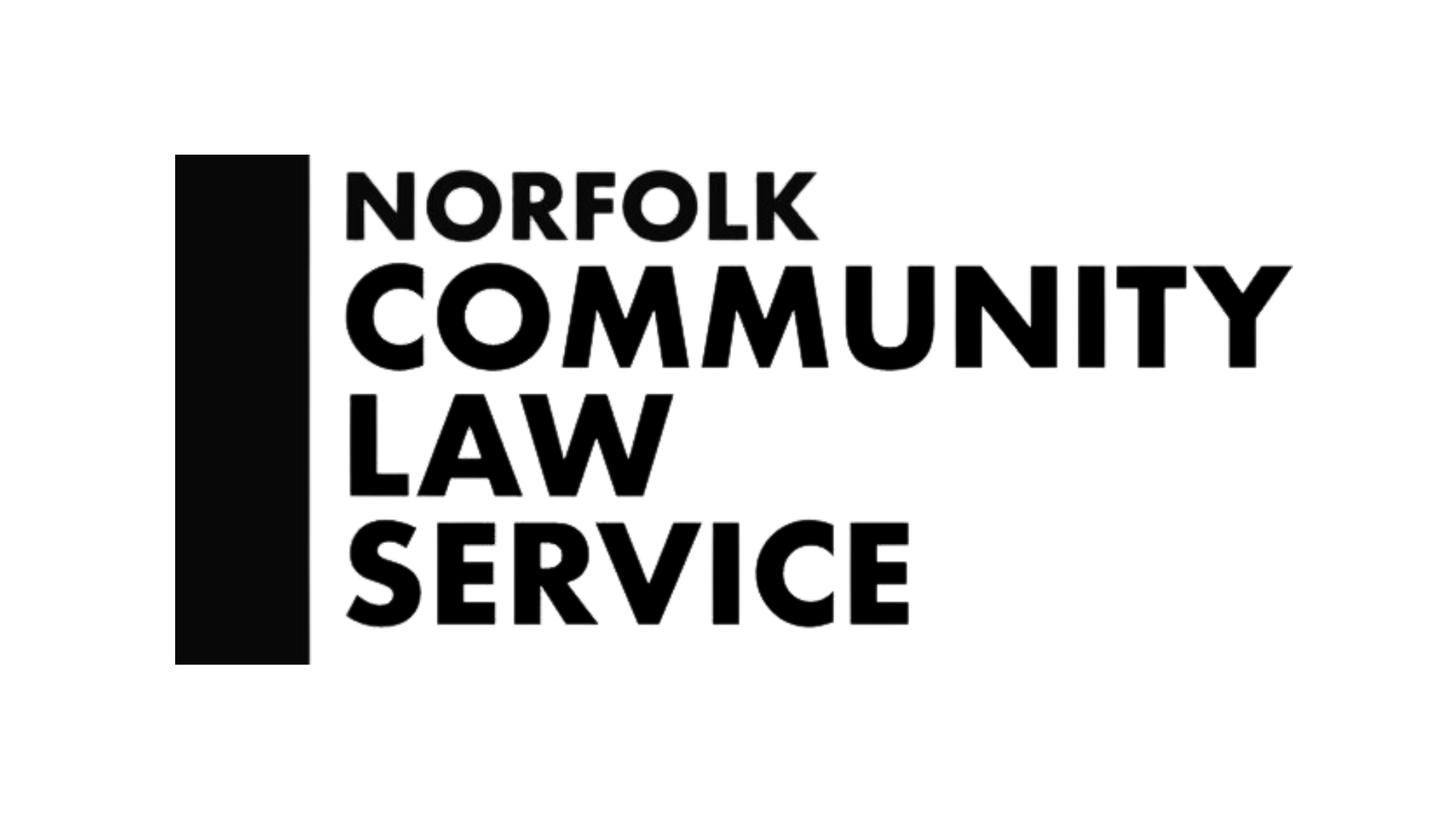



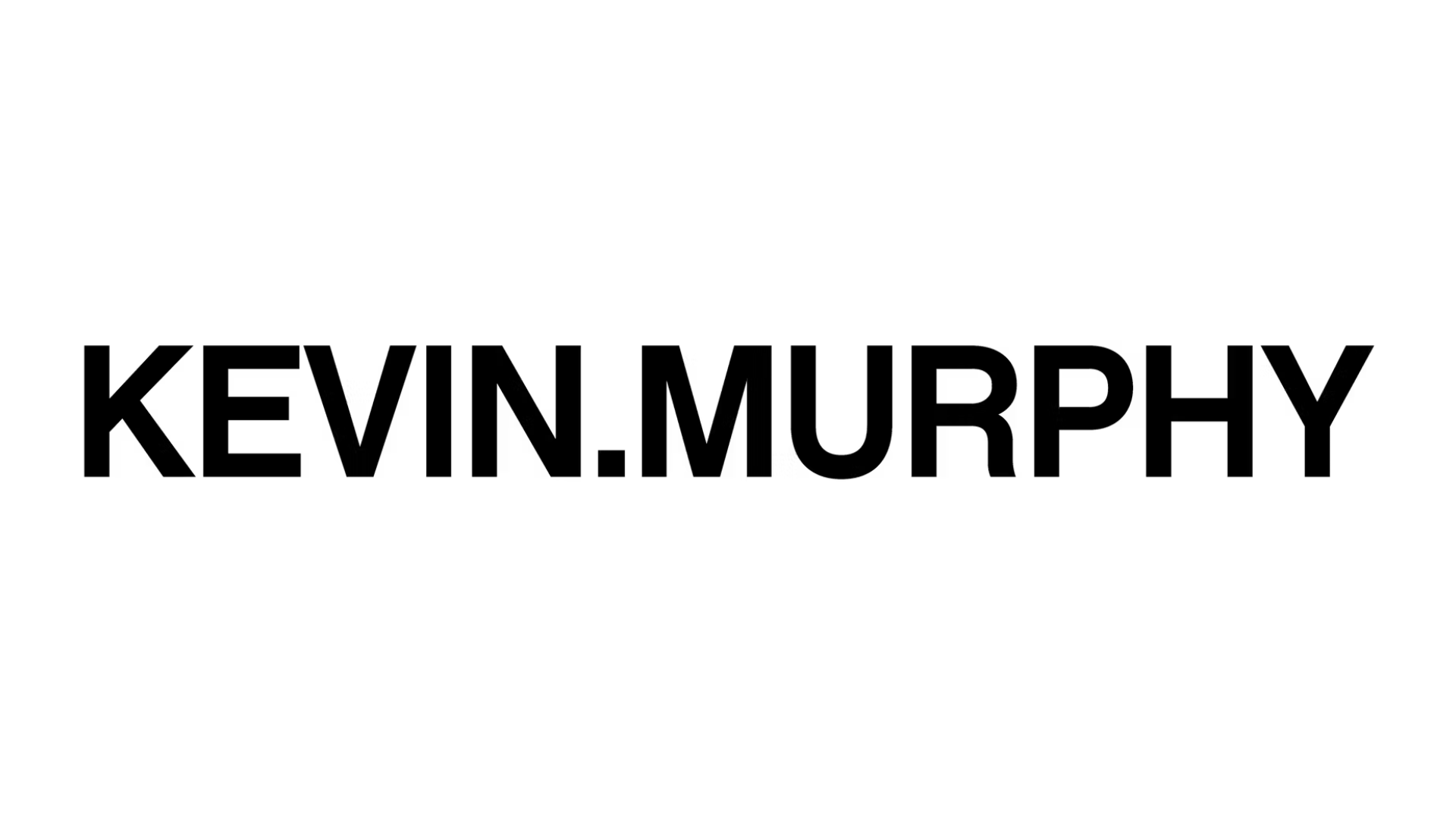
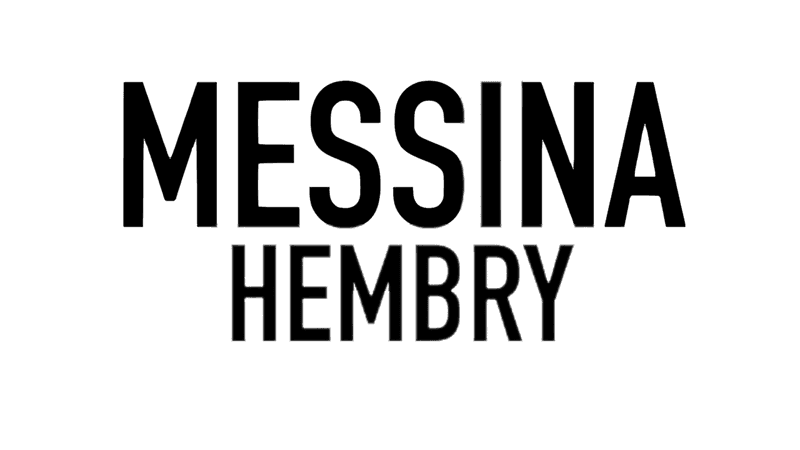
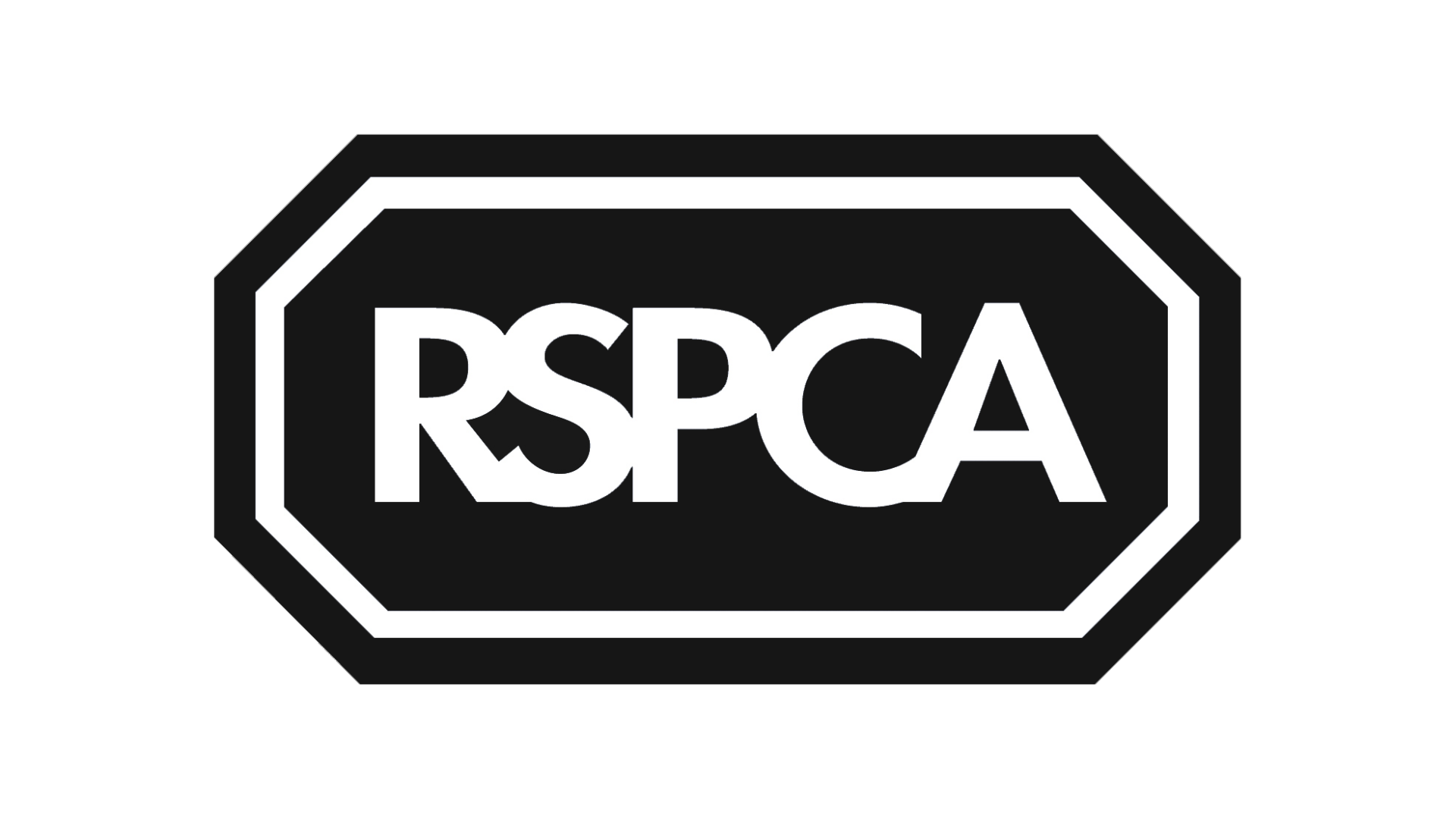


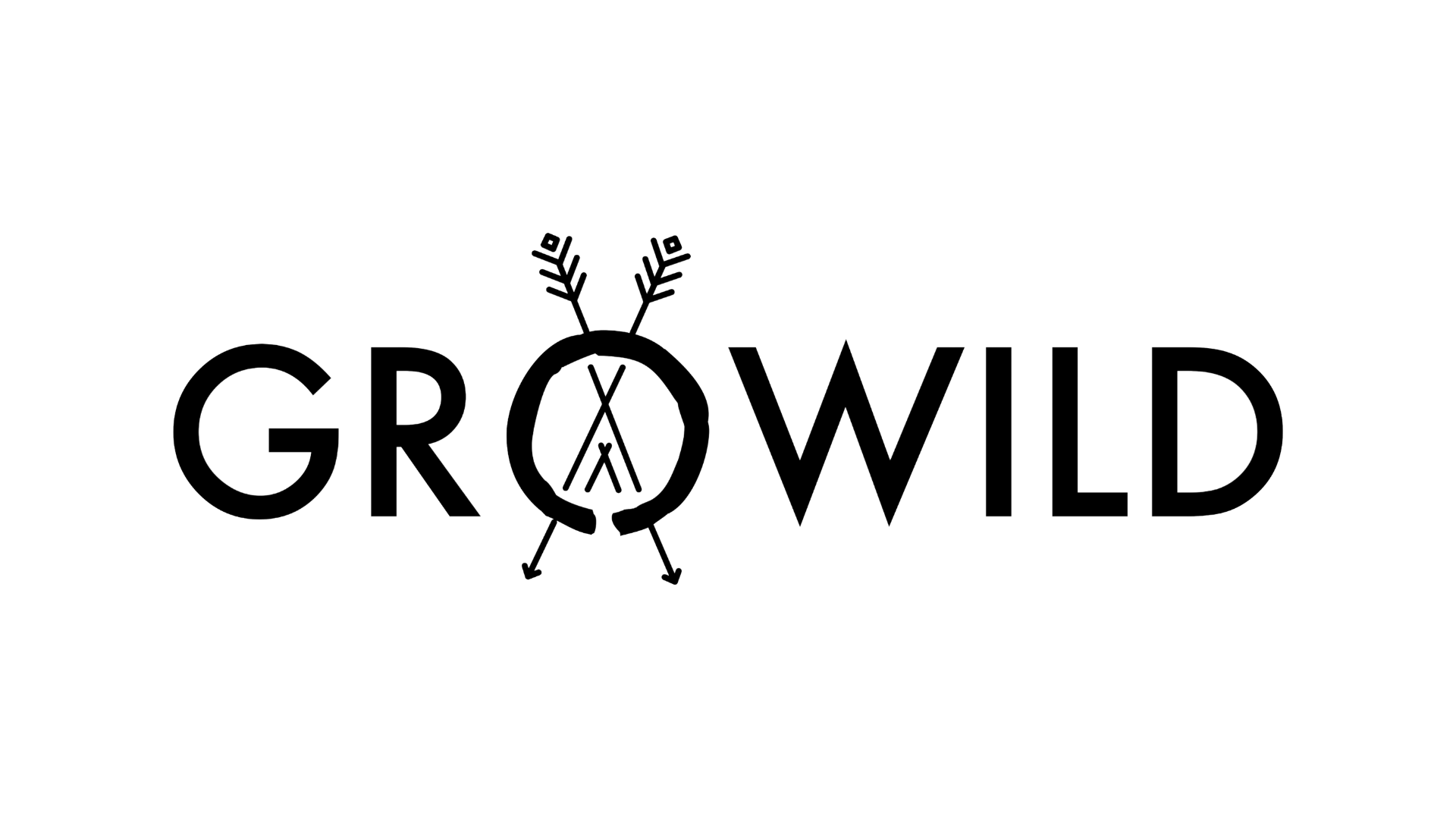

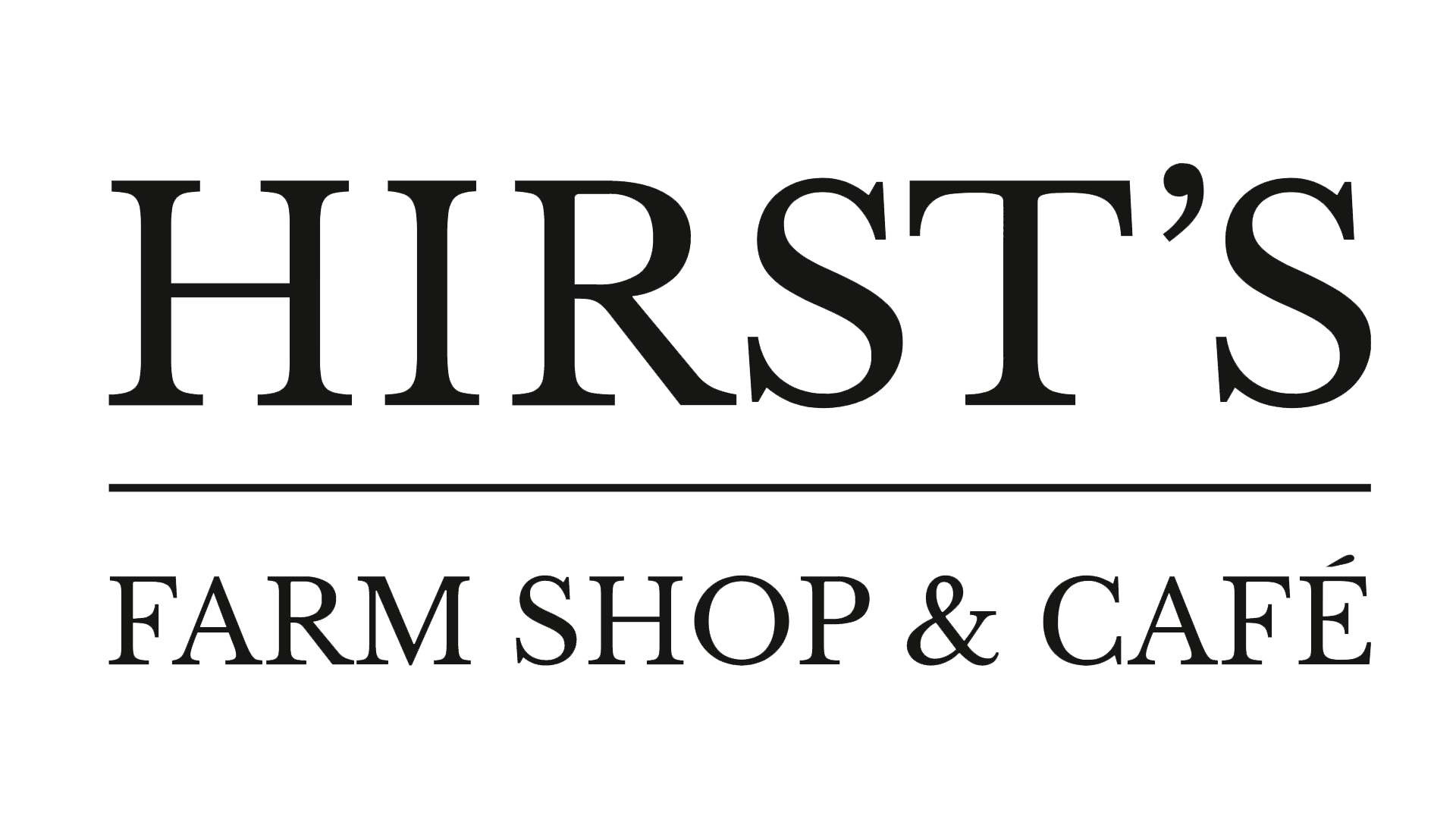

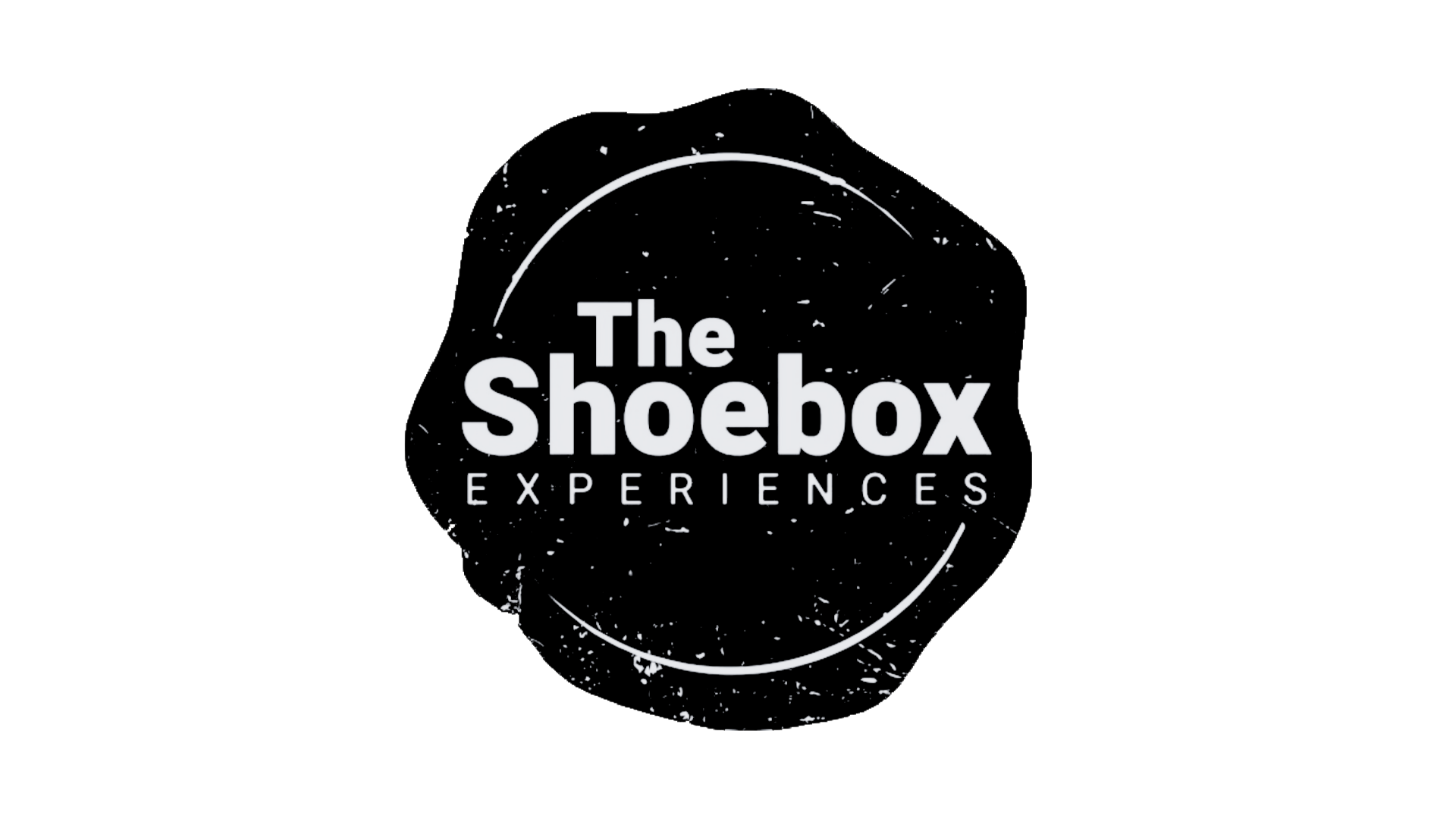
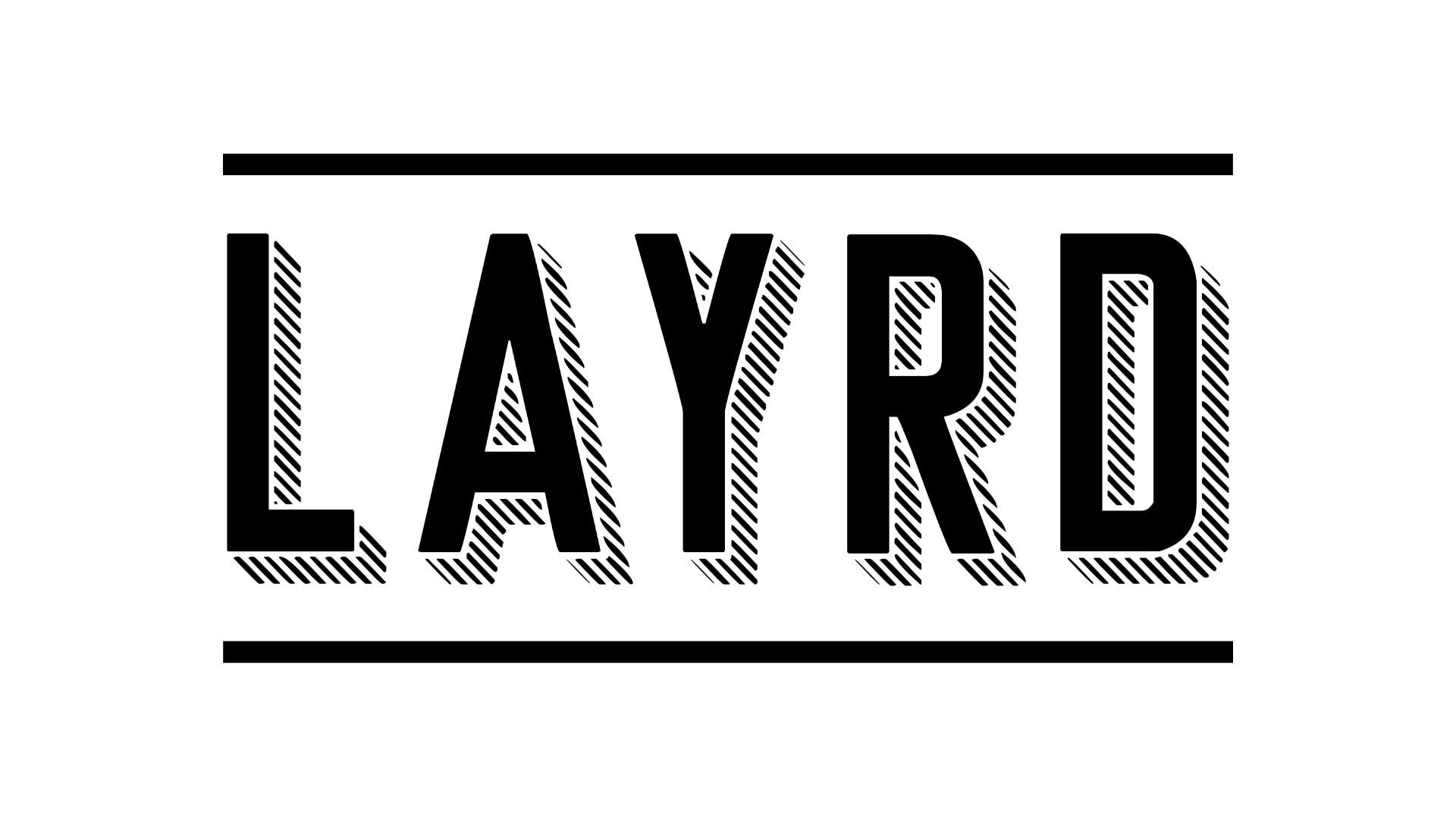
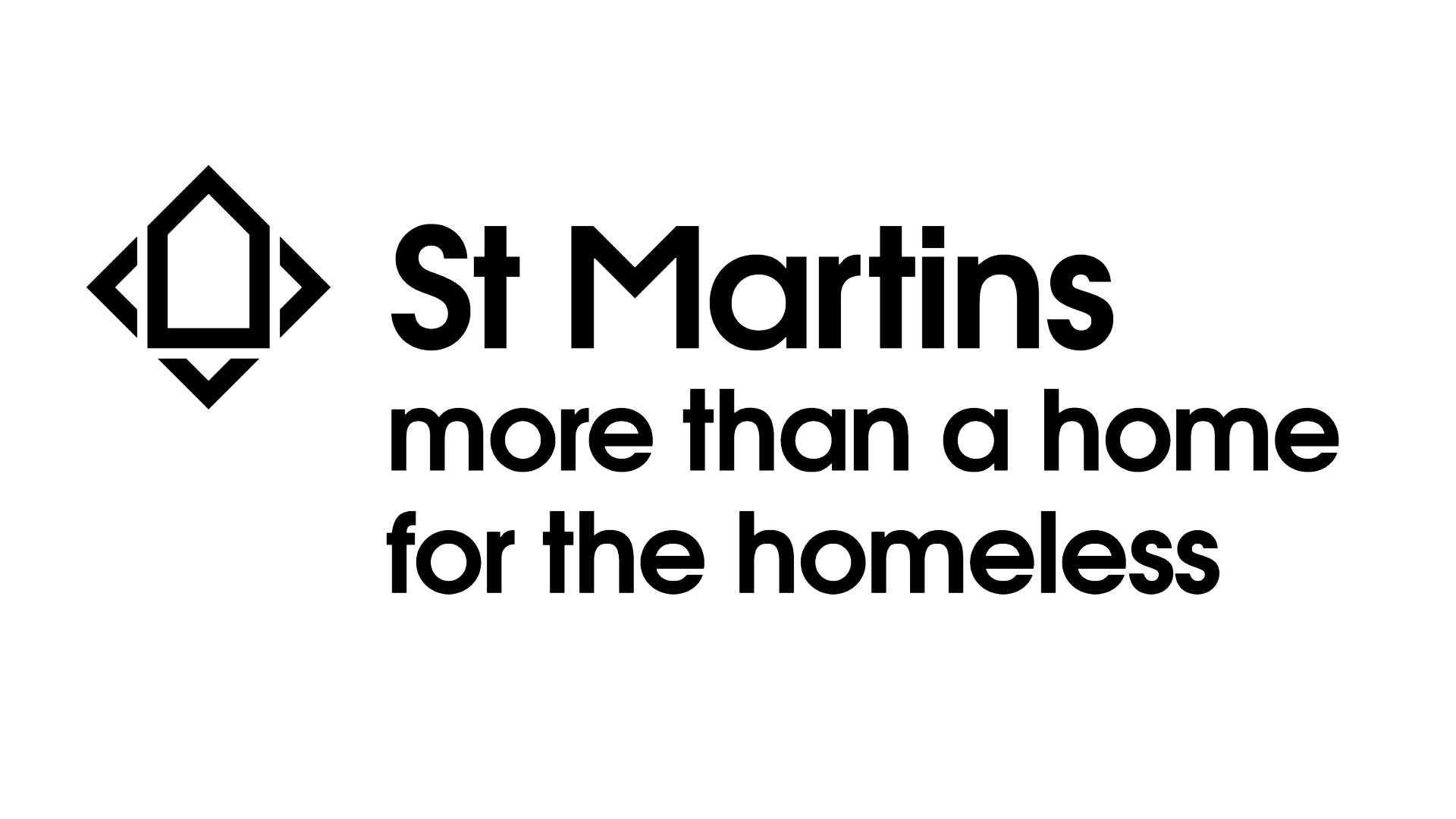
![[removal.ai]_7f27bf29-db53-435d-a634-4d6e7d4c0038](https://yawnmarketing.co.uk/wp-content/uploads/2023/01/removal.ai_7f27bf29-db53-435d-a634-4d6e7d4c0038.png)
![[removal.ai]_fb8dfe21-d7f5-4548-bd32-4e066ba3f972](https://yawnmarketing.co.uk/wp-content/uploads/2023/01/removal.ai_fb8dfe21-d7f5-4548-bd32-4e066ba3f972.png)
![[removal.ai]_a1271f54-b85f-4d55-8c8c-c0c256beb093 (1)](https://yawnmarketing.co.uk/wp-content/uploads/2023/01/removal.ai_a1271f54-b85f-4d55-8c8c-c0c256beb093-1.png)
![[removal.ai]_b81ff4af-ccff-4d3c-b358-e094865820af](https://yawnmarketing.co.uk/wp-content/uploads/2023/01/removal.ai_b81ff4af-ccff-4d3c-b358-e094865820af.png)
![[removal.ai]_60636a21-0918-4e97-8dff-085e9821386e](https://yawnmarketing.co.uk/wp-content/uploads/2023/01/removal.ai_60636a21-0918-4e97-8dff-085e9821386e.png)
![[removal.ai]_tmp-63bc0f493a216](https://yawnmarketing.co.uk/wp-content/uploads/2023/01/removal.ai_tmp-63bc0f493a216.png)
![[removal.ai]_258a25d0-cf81-49e2-97ea-eb5dba513e42](https://yawnmarketing.co.uk/wp-content/uploads/2023/01/removal.ai_258a25d0-cf81-49e2-97ea-eb5dba513e42.png)
![[removal.ai]_tmp-63bc0fb550b31](https://yawnmarketing.co.uk/wp-content/uploads/2023/01/removal.ai_tmp-63bc0fb550b31.png)
![[removal.ai]_tmp-63bc100312311](https://yawnmarketing.co.uk/wp-content/uploads/2023/01/removal.ai_tmp-63bc100312311.png)
![[removal.ai]_932dba74-335e-465d-a995-b96be4cec293](https://yawnmarketing.co.uk/wp-content/uploads/2023/01/removal.ai_932dba74-335e-465d-a995-b96be4cec293.png)
![[removal.ai]_tmp-63bc101f25d1c](https://yawnmarketing.co.uk/wp-content/uploads/2023/01/removal.ai_tmp-63bc101f25d1c.png)
